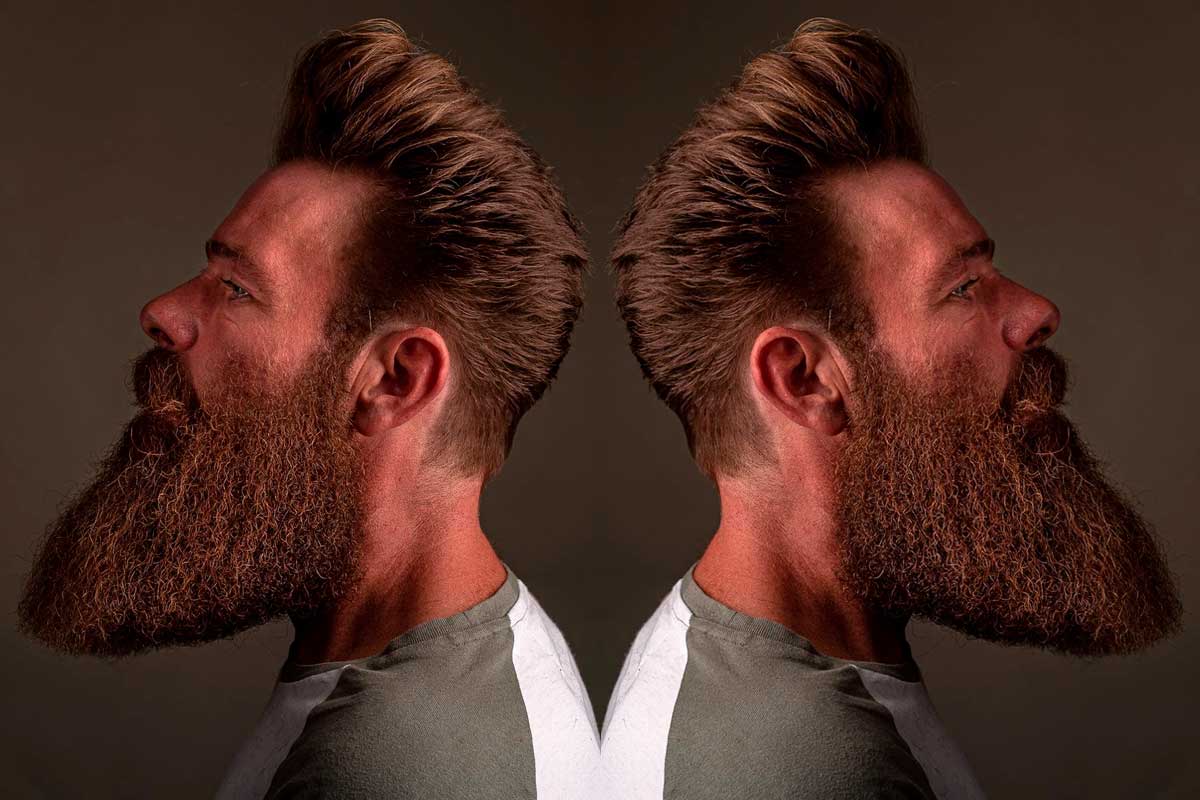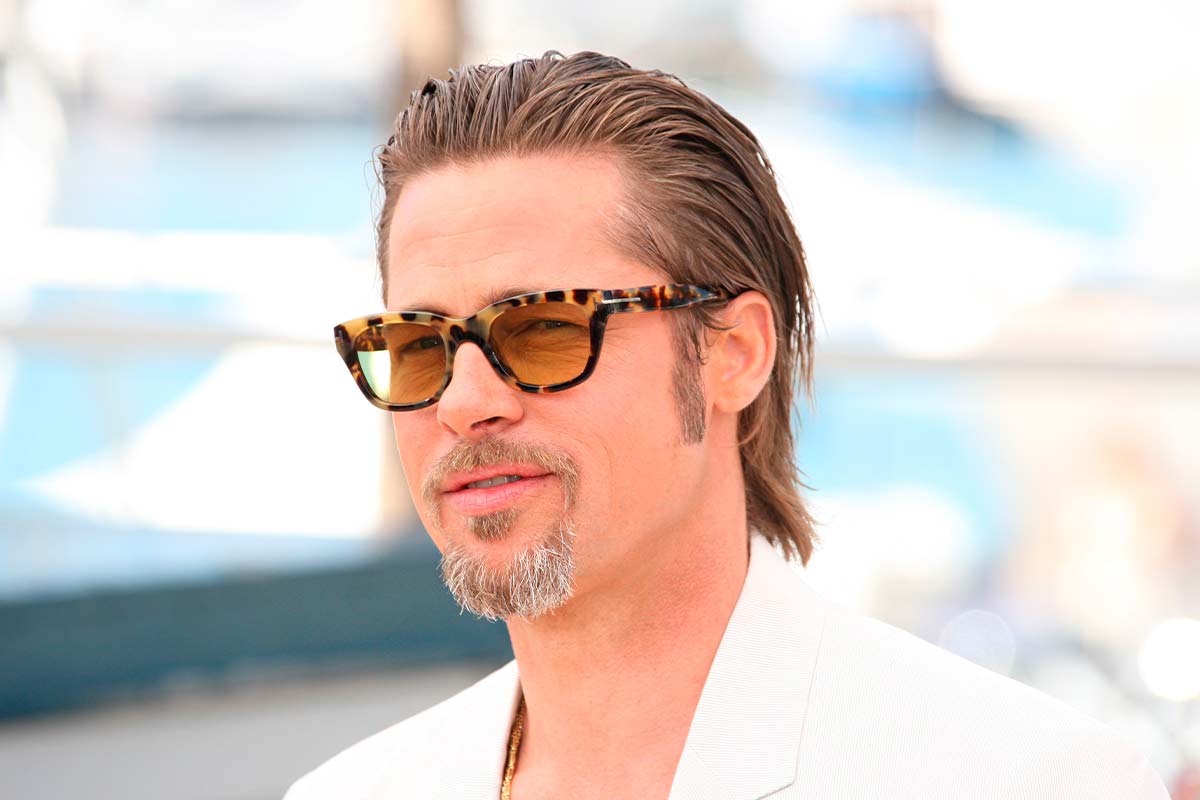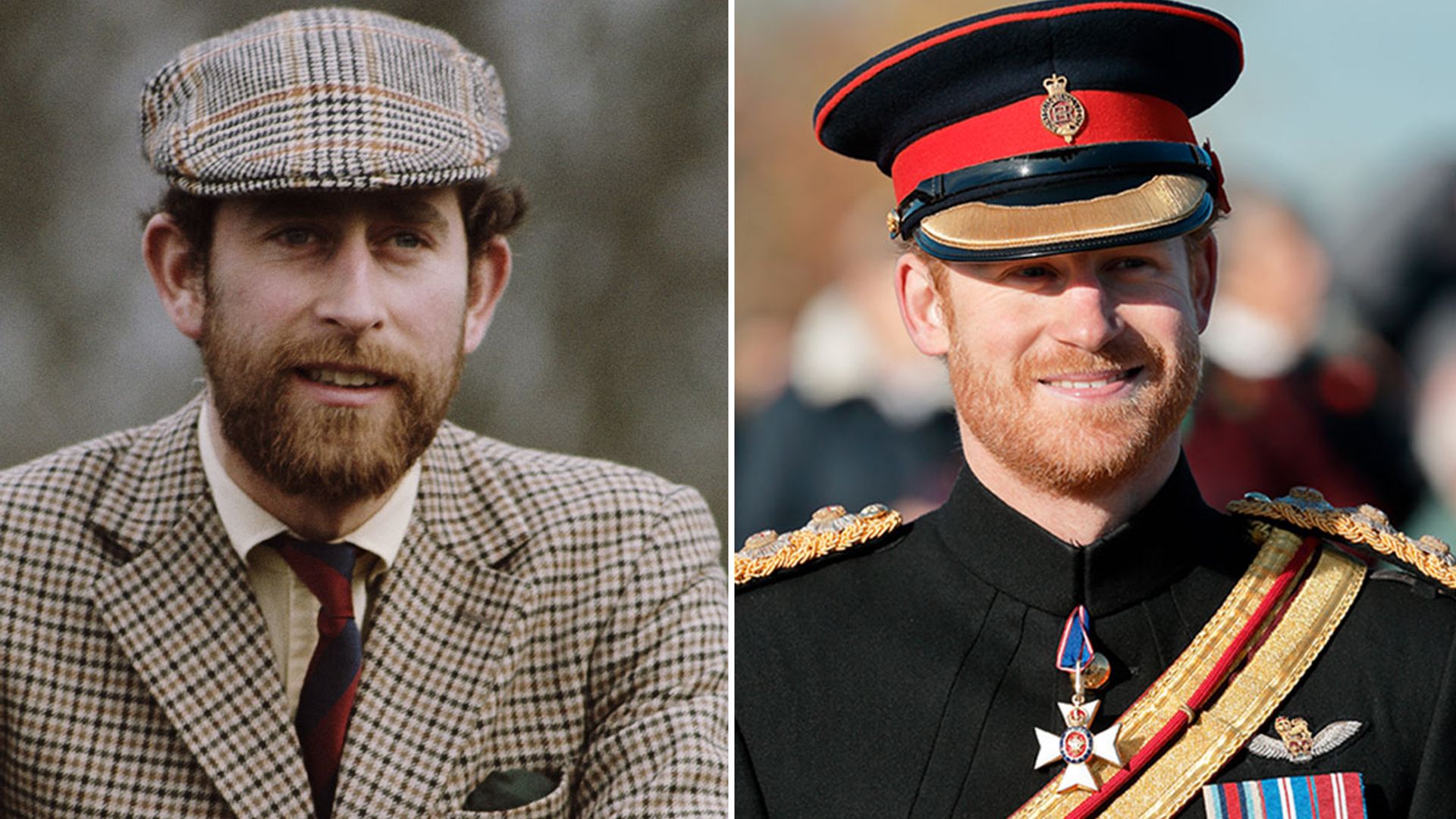Let’s be honest, beards have always been a symbol of something – wisdom, power, masculinity. But the royal beard? That’s a whole other level. Think regal portraits, powerful emperors, and maybe even a touch of mystique. It’s not just about having a beard; it’s about cultivating a specific look that exudes authority and timeless style.
Throughout history, the royal beard has taken on many forms, evolving with fashion and cultural trends. We’ll take a journey through some of the most iconic royal beard styles, from the neatly trimmed goatees of earlier eras to the fuller, more voluminous styles that are popular today.
A Brief History of the Royal Beard
Ancient civilizations often associated beards with masculinity and power. Egyptian pharaohs, for instance, sported impressive beards, often adorned with gold and precious stones. This association continued through various empires and kingdoms, with rulers often cultivating elaborate facial hair to display their status and authority.
The Renaissance saw a shift towards more meticulously groomed beards, with neatly trimmed styles and goatees becoming fashionable amongst royalty. Think of the elegant portraits of kings and princes from that era; often showcasing carefully styled facial hair.
In the 18th and 19th centuries, the full beard experienced a resurgence in popularity, and many monarchs adopted this style, embodying a rugged and powerful image.
Today, the ‘royal beard’ is less about strict adherence to historical styles and more about the overall impression of sophistication and refined masculinity. It’s an evolution, a modern interpretation of a timeless classic.
Popular Royal Beard Styles
The beauty of the royal beard is its versatility. Let’s explore some popular variations:
- The Full Royal Beard: A full, well-groomed beard that extends from cheek to chin, often styled with a slight point at the chin.
- The Royal Goatee: A classic choice, featuring a neatly trimmed goatee and often a small moustache.
- The Verdi Beard: A long, full beard that extends down the neck and chin, named after the famous composer Giuseppe Verdi.
- The Balbo Beard: A short, boxed beard that combines a goatee and a short, trimmed mustache.




Achieving the Perfect Royal Beard
Growing a royal beard takes patience and the right approach. Here’s a step-by-step guide:
- Let it grow: The first step is to let your beard grow freely for at least a month or two.
- Maintain a good diet: Eating nutritious food helps promote healthy beard growth.
- Use a good beard oil: This will keep your beard soft, healthy, and conditioned.
- Shape your beard: Once you have sufficient length, use a trimmer to shape the beard into your chosen style.
- Keep it clean: Cleanse your beard regularly to remove dirt and debris.
- Trim and maintain regularly: Regularly trim and maintain to prevent an unruly look.
Remember, the key is to find a style that complements your face shape and personal style. Experiment with different lengths and shapes until you find the perfect royal beard that makes you feel like the king you are!
